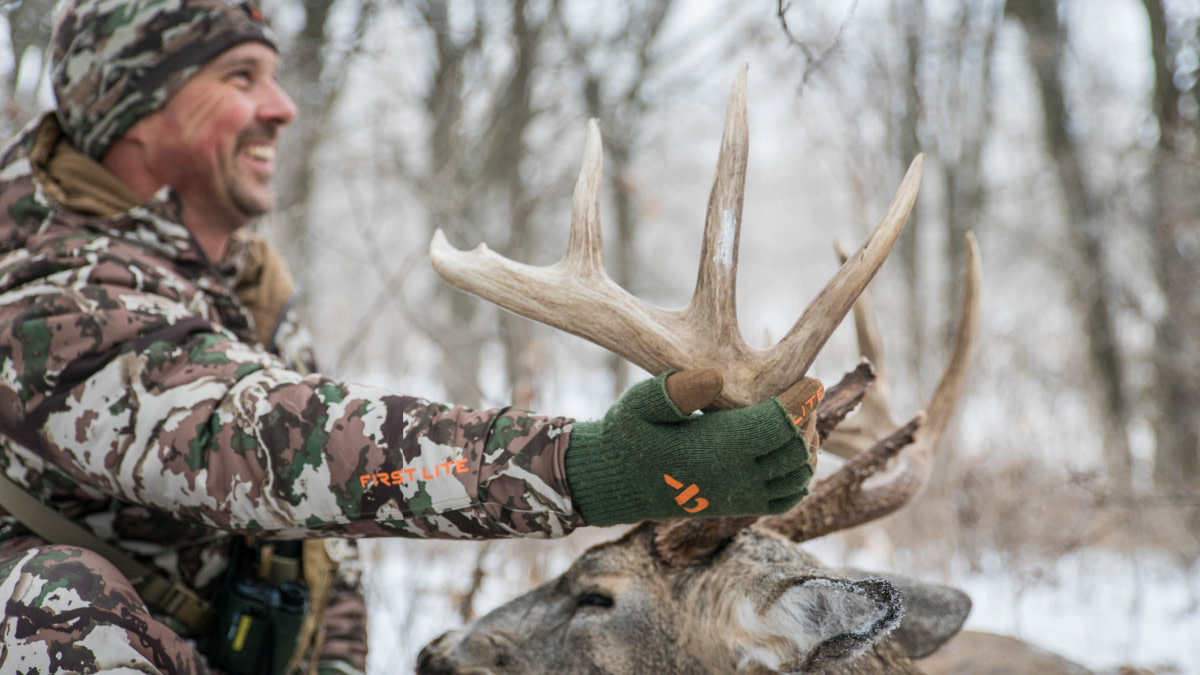Do you travel often with your dog or cat? Will this be a new experience for both of you? Are their special safety precautions you need to take for your pet? Are there any restrictions regarding pets where your travels will take you?
If you answered ‘yes’ to any of these questions, the following suggestions may help you.
Traveling with your dog or cat takes your traveling experience to a whole new level. If your pet is not used to traveling, for their comfort and yours, here are a few ideas you can consider.
First, ask yourself, do you really need to or want to take your pet with you on a long distance travel experience? Some pet experts suggest that taking your pet with you may not be the best idea, but that doesn’t mean you shouldn’t or couldn’t take your best companion with you. This is a decision only you can make.
If you decide that you want to take your dog or cat with you, the key is preparation. Pet travel safety and comfort is important, so start with the pet carrier.
The dog carrier or cat carrier needs to be big enough so that your dog or cat can stand up and turn around. You should provide a plastic traveling dog bowl and water bowl that can be placed in the carrier. A picture of your pet with his name should be displayed on the outside of the carrier for identification purposes. A pet should never be taken out of the carrier or container unless you have a leash for him. If you are traveling air, make sure your carrier is approved your air carrier.
If your pet is not used to being in a dog carrier or cat carrier, bring the pet carrier into your home for up to a couple of weeks before you travel so they can get used to it. Keep the door locked open so they can go in and out at their leisure. Put a blanket or towel inside, and maybe a toy or treat, anything that would entice your pet to go into the carrier on their own.
Once they find it a pleasant place to be, you can lock the carrier with them in it, and take your pet for their first ride. Drive for 5 to 10 minutes on the first outing, increasing the time of travel each time you take them for a ride. Keep the carrier on a flat surface in the car such as the floor or a seat. Talk to them in a calm voice so you can help relieve any anxiety they may feel. Never put your pet in the front seat of the car. In case of accident and an air bag deploys, it could severely injure or kill your pet!
If you are traveling just for a day or less, small dogs may like dog booster seats. Larger dogs may need a barrier in the back seat, or in the back of the van or SUV that will allow them to be somewhat contained in a small space, and be able to move around slightly.
Dogs that ride in the back of a pick up, which is rhino book snash ville dangerous for the dog, could be safer if you use a restraint designed for the back of a pick up where a dog may move side to side, but will be confined enough so as to not jump out, or be bounced out on a rough road. Your priority should always be their safety, then their comfort.




